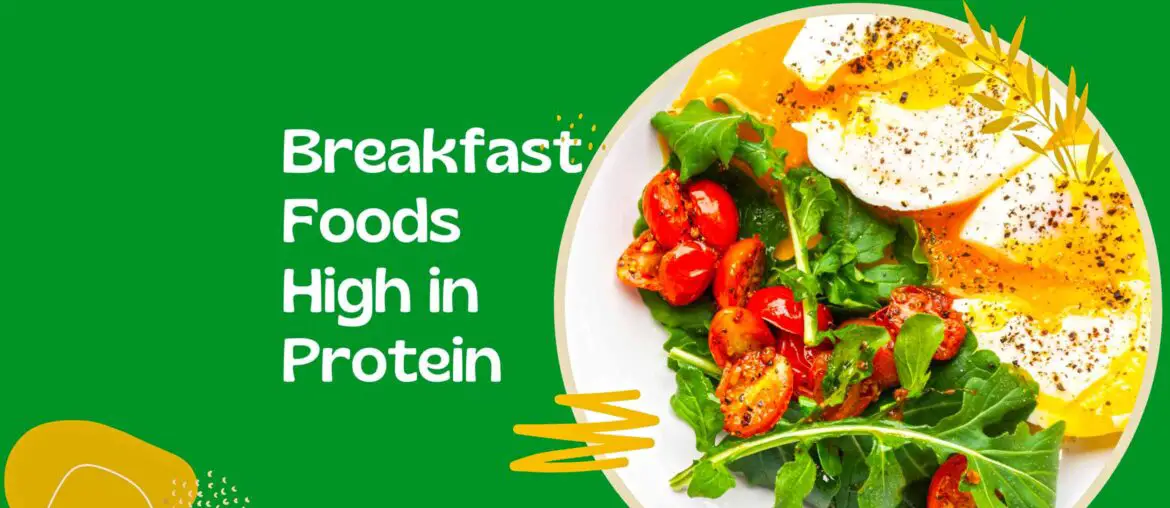What do you have for breakfast? I guess there must be eggs. Here are the top ten protein-rich breakfast foods I recommend. Let’s see whether you have any of them for breakfast.
The family’s word is milk and eggs regarding high-quality protein. In this article, I will rate the protein sources that I regularly consume. I was surprised to learn that, despite popular belief, milk is the lowest-ranked source of protein and that eggs can only claim the seventh spot. This is so weird. If you are curious, come visit and find out more.
What breakfast foods are high in protein – in descending order
8. Milk: 3% protein content
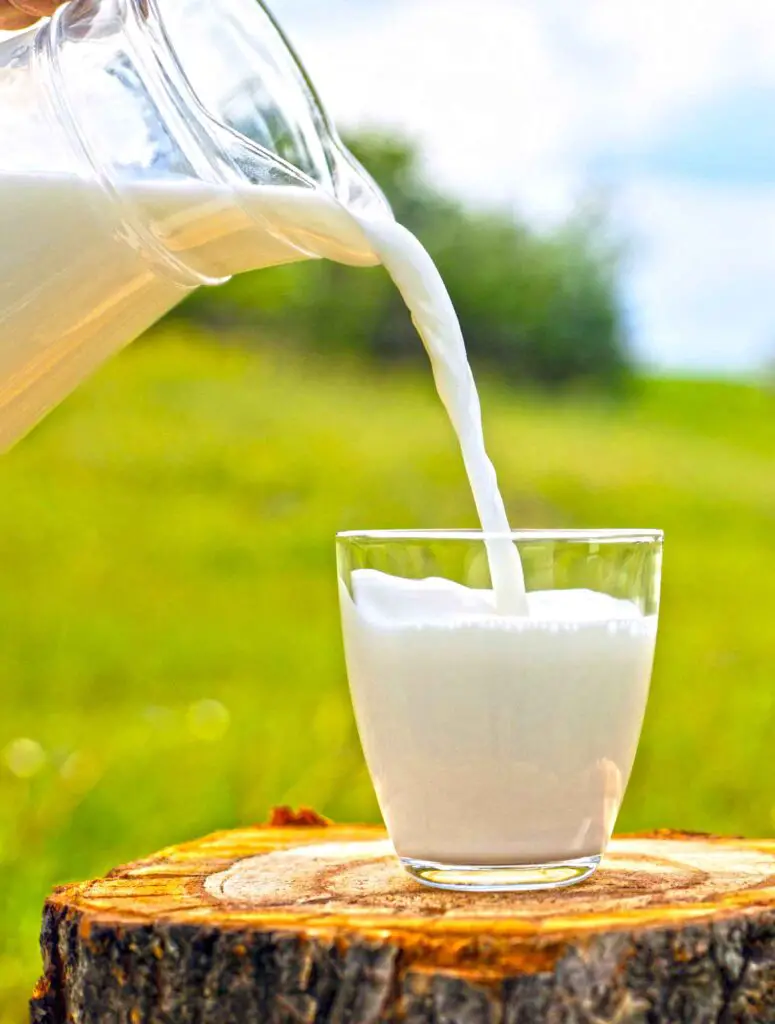
Many people I know consider milk the “overlord” of breakfast, especially those who spend their days at an office. Milk has a protein level of about 3.2 percent and 115 mg of calcium per 100 ml. Drinking milk as breakfast in the morning is a quick and easy way to boost your strength, concentration, and mood. The danger of cardiovascular disorders is also reduced.
Teens can improve their bone health and overall fitness by increasing their milk consumption with a high calcium content. In addition, milk has been shown to slow the aging process in adults of middle age and up.
Some of my friends are lactose intolerant, meaning they get sick or have diarrhea when they drink milk. The solution is to heat the milk but avoid drinking it on an empty stomach if possible.
Alternatively, you can mix milk into your favorite cuisine. For example, making egg custard or bread or eating yogurt or cheese can help the body better absorb the nutrients in milk. The lactose will convert into lactic acid in this step. You can also find low-lactose milk in stores.
7. Eggs: 13% protein
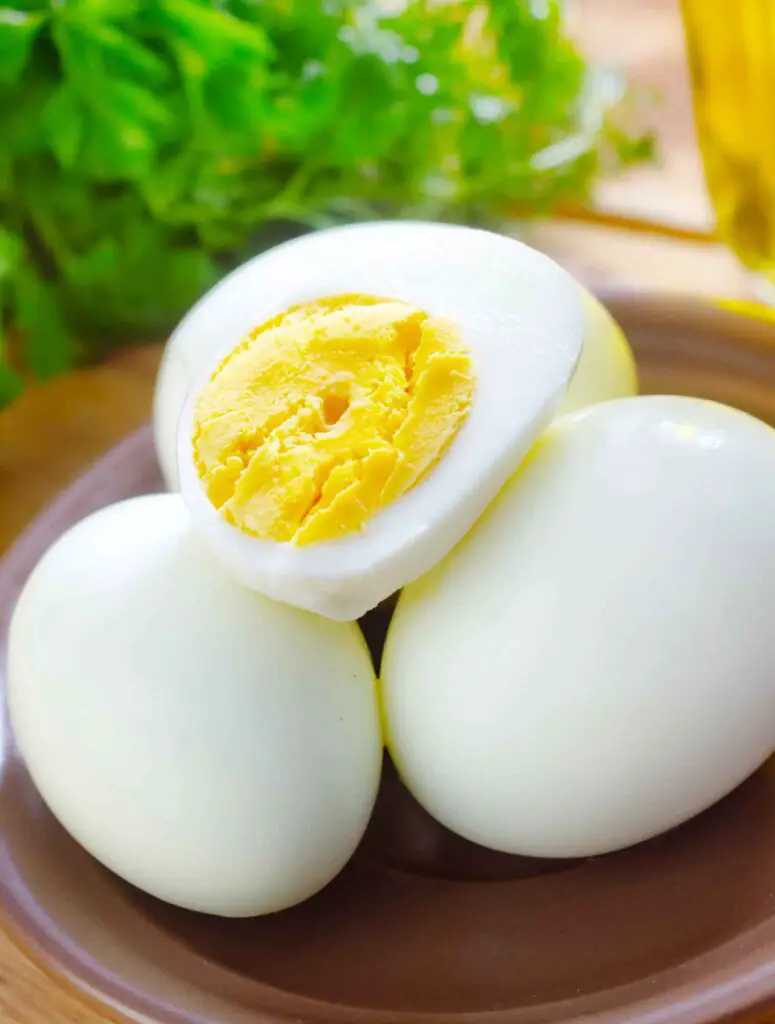
Eggs are our favorite source of protein. Therefore, we often eat them for breakfast, both boiled or fried. Eggs have a protein content of about 12-13%, and their lecithin helps boost metabolism and immunity. Lecithin and triglycerides, meanwhile, have been shown to boost Intelligence and memory function.
A daily hard-boiled egg is an excellent way for teenagers to sharpen their memories. Middle-aged and older people can eat an egg for a day. After that, they could try eating boiled eggs for maximum nutrition.
To a greater extent than usual, be cautious when consuming eggs. It is best to avoid eggs from patients with impaired kidney function, protein allergies, or a high fever.
6. Duck meat: 16% protein content
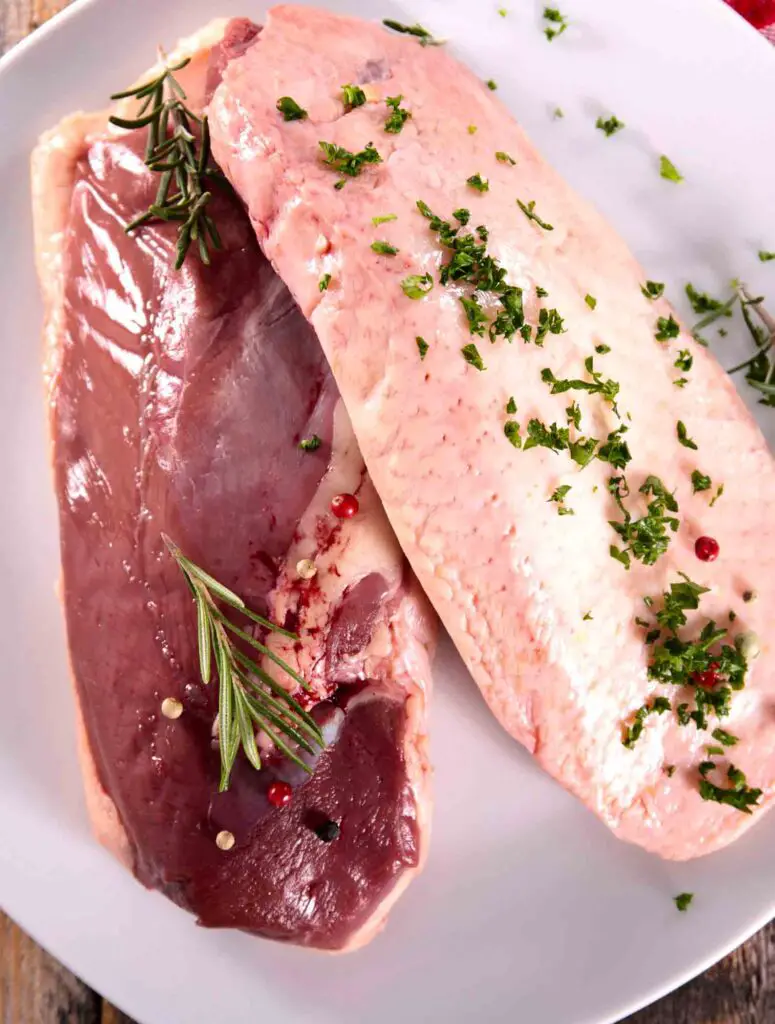
The protein content of duck meat is relatively high, about 16% – 25%. In addition, duck meat is a portion of cold food most beneficial for weak people with low heat, edema, and constipation.
However, duck meat has a relatively high fat content, which you should not overeat. Except for a few duck lovers, most people think that duck meat is very greasy as breakfast, so two stars are recommended as breakfast.
I recommend nongreasy duck meat, radish, and duck soup, which you can eat for lunch. It can nourish the lungs and clear heat. Friends with poor digestion can eat more, stimulating the stomach and spleen and resolving phlegm.
5. Oatmeal: 19% protein content
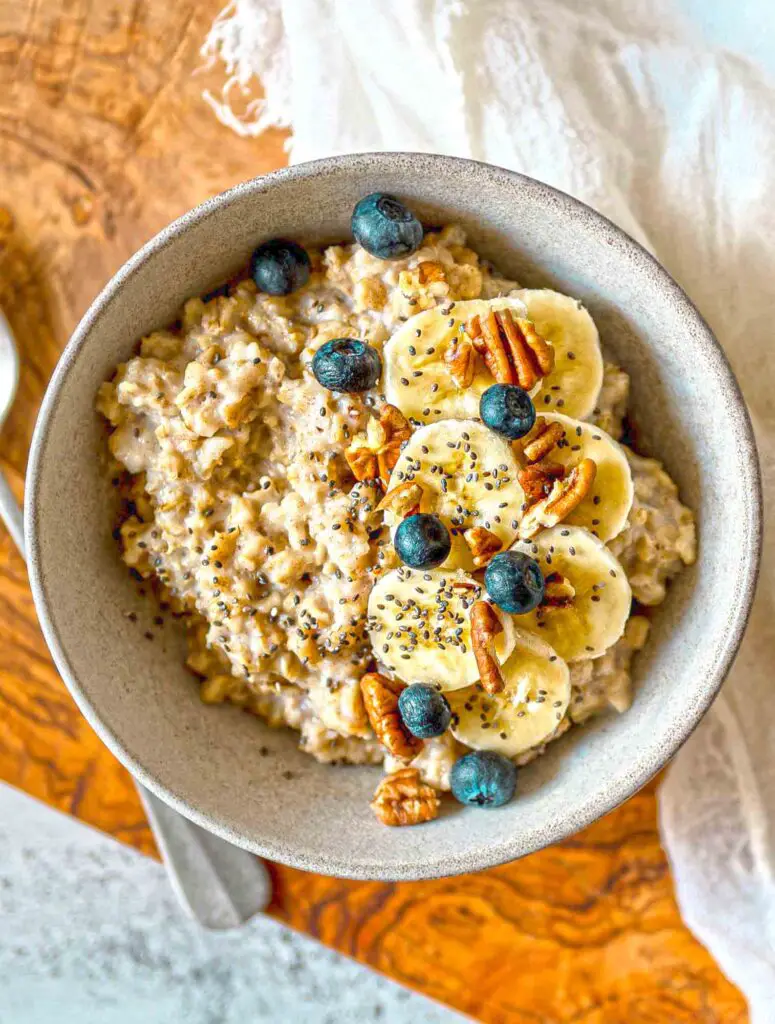
Compared to other grain options, oatmeal has a lot of protein. Oatmeal protein contains a healthy mix of amino acids your body needs. Approximately 19.43% of the total consists of protein, while 10.57 % comprises fat.
Like many other coarse grains, oats are a good source of B vitamins and dietary fiber. In addition, oatmeal for breakfast has been shown to improve GI motility, reduce triglycerides in the blood, and protect against GI disorders.
Oatmeal affects beauty and skin care, including cleansing the intestines and reducing facial oil production.
The oatmeal adds a healthy dose of fiber and protein and helps you feel full for a long time with few calories. Friends trying to slim down can benefit significantly by eating oatmeal during breakfast.
Oatmeal should avoid by those who have certain medical conditions, including high blood pressure, an allergy to oats, or digestive system dysfunctions such as a weak gastrointestinal tract. However, oatmeal is a versatile breakfast option because it may be prepared in various ways (with milk, fruit, eggs, etc.) to suit personal interests.
4. Lean beef, lean mutton, lean pork, and chicken: the protein content is around 20%
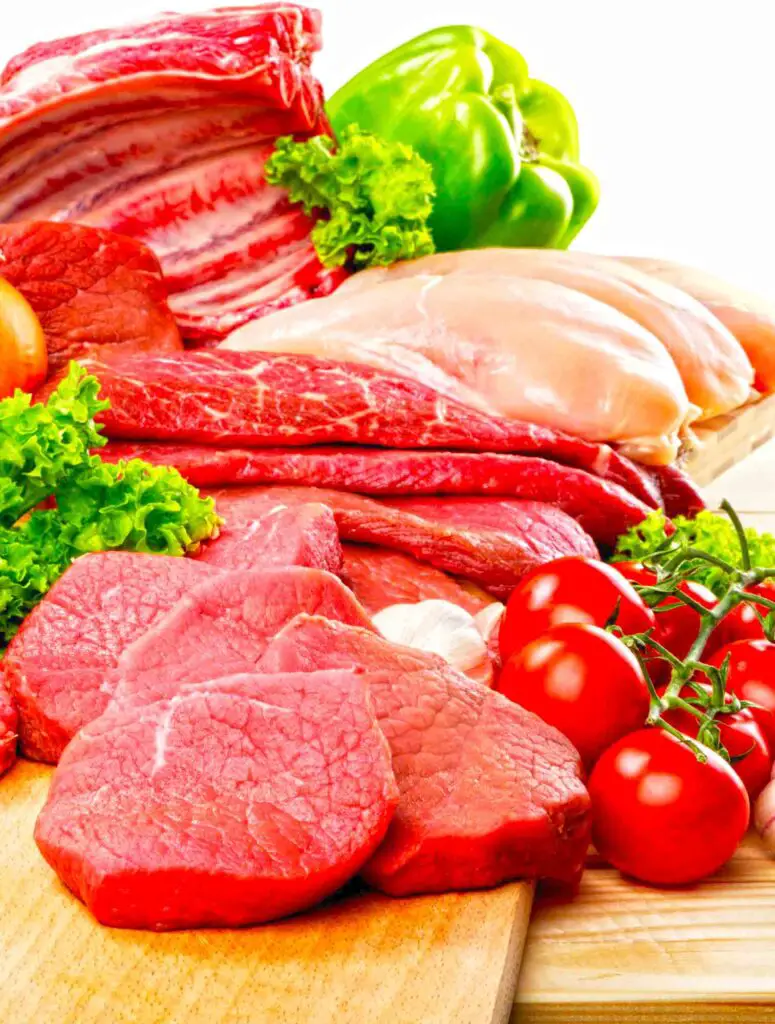
Pork has the lowest protein and most significant fat content among these meals.
Chicken has 19.3 grams of protein per 100 grams. Chicken is a healthy choice because the human body readily absorbs it.
Mutton is prone to anger. The protein content per 100g is 17.3 grams. The fat content is 34.6 grams.
When comparing the protein composition of these nutrients, the highest is found in beef, with 20.2 grams per 100 grams, and the lowest in fat, at 2.3 grams. Therefore, beef is a common ingredient since it is high in protein and low in fat.
In the morning, you can choose a breakfast that suits your preferences. Breakfast is the best time of day to eat meat. It aids in growth, boosts immunity, enhances satiety, and prevents overeating of staple foods, which can lead to obesity. Unfortunately, since office workers are usually in a hurry, many people eat meat for dinner, which isn’t good for your health.
3. Fish: protein content 15% – 22%
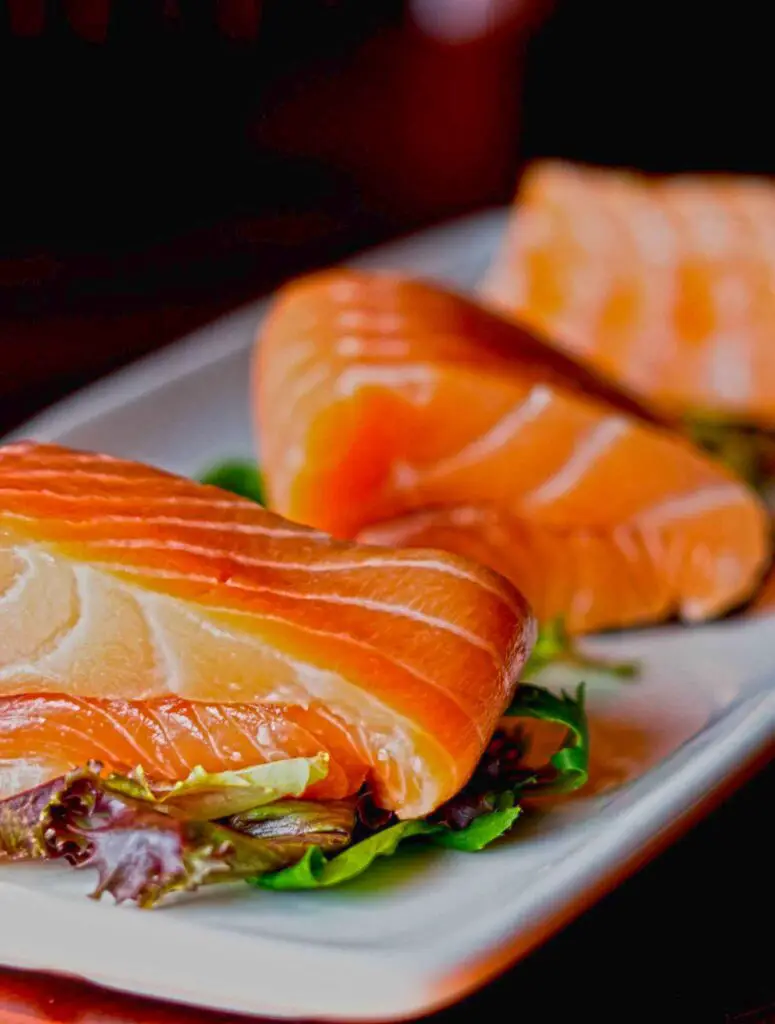
Actually, the protein level of fish is lower than that of beef. However, fish comes in third place because its fiber is better suited for digestion, its fat level is low, it is safer and healthier to eat, and different fish parts have different nutritional qualities.
- Fish head:
The phospholipids and unsaturated fatty acids found in fish heads can improve cognitive function and even aid in treating Alzheimer’s disease. However, eating too much fish head at once can increase your cholesterol levels.
- Fish eyes:
The use of fish eyes has been shown to improve cognitive performance. Those who use their brain continually can benefit from eating fish eyeballs.
- Fish:
You can categorize the fish as either dark or white. Tuna, sardines, and other dark fish are higher in nutrition, but they also smell fishier.
Compared to their dark-meat counterparts, white fish like silver cod, large yellow croaker, etc., have fewer nutrients and a mild fish smell.
- Fish bladder:
Due to its high protein content and low fat content, the fish bladder is the perfect food. In addition, the high levels of macromolecular collagen found in fish bladders can slow the aging process and even boost human growth and development.
- Fishbone:
Preventative measures against osteoporosis make fishbone an essential food for middle-aged and older people. When eating fish, many like to remove the bones before eating. In fact, they can make highly nutritious dumplings, meatballs, etc., out of fish bones by drying and grinding them.
- Fish scales:
Protein, unsaturated fatty acids, lecithin, calcium, choline, and a variety of other chemicals can all be found abundantly in fish scales. These substances help to improve memory, protect the liver, and boost healthy mental brain function.
Scales smell strong or fishy and must be cleaned repeatedly with salt, cooking wine, and water to minimize the odor. Then, you can cook it after being drained, coated in flour, then fried with pepper powder.
2. Shrimp: protein content of 16% – 23%

The meat of shrimp is both tender and easy to digest, making it a very healthy food option. In most situations, shrimp is served as a healthful meal. Frequently eating shrimp has the effect of fortifying the body.
The protein content of shrimp is relatively high, with roughly 20 grams per 100 grams. We can find shrimp in both saltwater and freshwater environments. It’s recommended to consume the cooked shrimp within 4 hours for optimal flavor.
1. Soybean: 30%-40% protein content
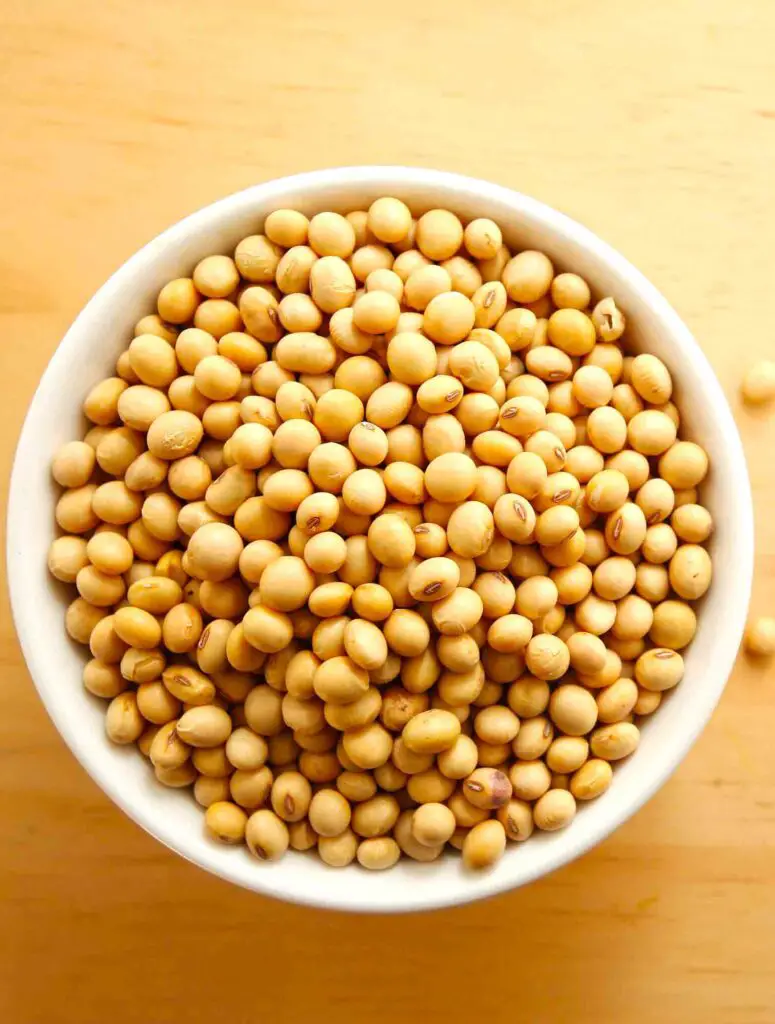
Generally, beans (including soybeans, black beans, and green beans) have more protein than meat. Also, soybean’s essential amino acid profile is quite close to animal protein’s in terms of content and balance.
Soy milk has a protein content of 4.5%. It’s clear that there’s a considerable difference between soybeans’ protein content and soybean milk’s protein content. That’s because diluting soybeans with water reduces their protein content, making soymilk less nutritious.
Even on their own, beans are a good source of protein. Soymilk is an excellent option for breakfast. Tofu, dried bean curd, fermented bean curd, bean curd brain, etc., are all soybean-based products you can eat in the morning.

